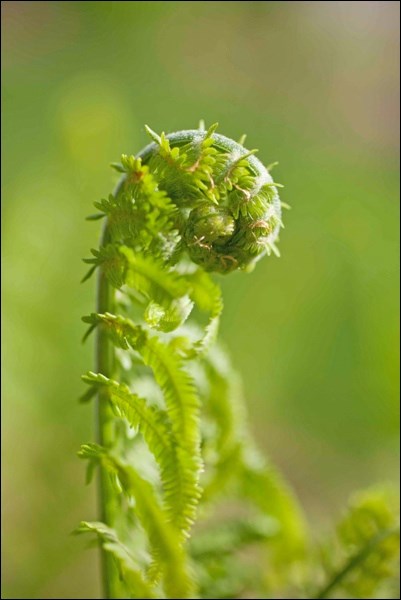Native species have the advantage of thousands of years of adaptation to local prairie conditions. By natural selection these plants have evolved a variety of mechanisms to cope with literally everything nature could possibly subject them to. Drought, extremes of hot and cold weather, wind, short growing seasons, early and late frosts are not a problem for native species.
Many of the common perennials that we grow regularly in our gardens have been introduced to our Canadian conditions. They are commonly native to Europe and Asia and have no natural adaptations to local conditions. Native species, however, are able to thrive under extreme conditions that introduced plants cannot. Native species do not require costly inputs of herbicides, labour, pesticides and fertilizer. Once established they will care for themselves – as long as they are planted in a suitable location. They are extremely well suited to low maintenance landscaping. They are ideal for the restoration of disturbed natural areas.
There is also the romance of growing species with a history. Many of the common native species that we grow now were important members of the long and short grass prairies that used to cover a great part of southern Canada. These plants were also an important food source of many of the grassland mammals including the bison. These plants provided sustenance for the native peoples, and were prominent parts of their medicine and spiritual beliefs. Early settlers depended on these plants for food and raw materials.
Native species are especially suited for soil conservation plantings. Many native species have deep root systems and a perennial nature. It is possible to choose species that are adapted to your personal soil type. There are native species that will suit any type of soil from saline, to dry to boggy and from heavy to light soils.
Native plant plantings are well suited for commercial as well as home landscaping. The cost is more justifiable to the taxpayer. Native plantings contribute to the image of more environmental awareness that is demanded by society today.
There is more benefit to native plantings. They are attractive to wildlife. Your garden could be a haven for hummingbirds, butterflies or songbirds even in the city.
Native species will provide just as much colour and interest as any introduced species. From early spring until freeze up your native garden could provide a kaleidoscope of colour and scents.
Growing native plants is an important contribution to ensuring the longevity of many of the native species. We do not know if some untried native species may provide a wonderful medical cure. We may never have that opportunity if that species is extinct.
A native landscape is relatively maintenance free. All that may be required is an occasional mowing or a controlled burn to ensure long-lasting enjoyment. However, if you are just beginning to use native plants, you might want to develop a blended landscape that encompass native selections as well as plants that have been introduced.
— Hanbidge is a horticulturist with the Saskatoon School of Horticulture and can be reached at 306-931-GROW(4769); by email at growyourfuture@gmail.com; facebook: @schoolofhort; twitter: @hortiuclturepat; instagram: patyplant or check out our website at saskhort.



